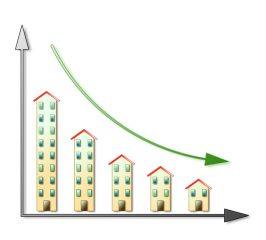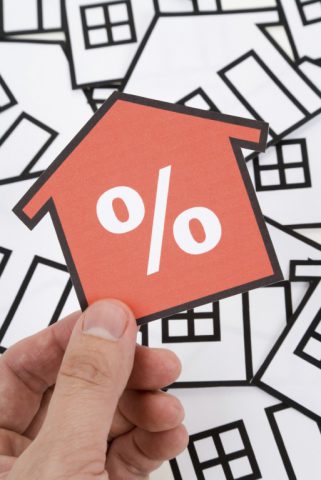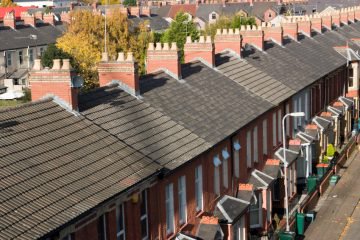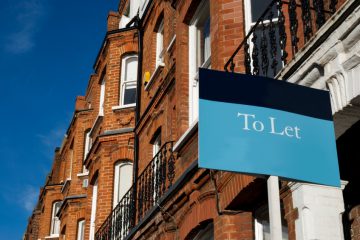How to Prepare your Property for Let in the 2018 Market
If the traditional Christmas chaos hasn’t hit you yet, it’s sure to over the next two weeks. Amongst the last minute madness to buy Christmas presents for your nearest and dearest, you may want to start thinking about preparing your property for let in the 2018 market…
With turkey and wrapping paper on the brain, it can be difficult to think strategically about your lettings business at this time of year, but now really is the best time to prepare and plan for what is sure to be another tricky year for landlords.
Keeping your lettings business strong and healthy in 2018 will likely be top of every landlord’s Christmas list this year – these top tips will help you show off your property in its best light and secure reliable tenants for the year ahead:
De-personalise the space
Properties are very personal things, which can make it hard for landlords to step aside and look at their investments from an outsider’s point of view. However, thinking objectively about your property is essential when looking to secure the most desirable outcome.
Remember that a landlord or letting agent is only as good as the property they’re trying to let, so complacency when it comes to scruffy or dated décor will affect your ability to achieve a good rent price and trustworthy tenants.
Before putting your property on the lettings market in 2018, cast a critical eye over it to identify its strengths, as well as where there is room for improvement.
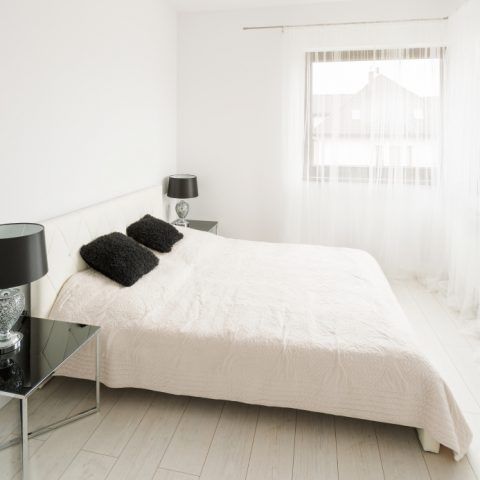
How to Prepare your Property for Let in the 2018 Market
Add a lick of paint
To achieve your desired rent price in a competitive market, you will have to invest a small amount into your property’s presentation. Although you might feel like it’s not worth spending money on a property that’s likely going to have a high turnover of tenants over the long-term, this kind of investment can be the difference between making a healthy profit and putting potential tenants off.
If you’ve had a property for a long time, it can be easy to overlook the fact that the décor may look a little tired. Unfortunately, this is one of the first things that a prospective tenant will notice when walking into the home. Redecorating the main living spaces in a neutral colour is one of the easiest ways to breathe new life into the property and create a welcoming atmosphere for viewings.
Think about the furnishings
Similarly, your rental property’s furnishings may seem okay to you, but you should question whether they could do with being replaced. Dull and dated furnishings can negatively impact a property viewing, as well as making the place seem unappealing in online marketing photography.
To spruce things up, all you need to add are some cushions and throws to the living room and bedrooms, which can be relatively easy and inexpensive. This will help to drive attention away from tired looking furniture. It’s recommended that you use a neutral scheme with one accent colour, such as a deep blue or fresh green, to ensure that the property appeals to the majority of tenants, while still standing out on the market.
Secure them with scent
Studies have shown that the smell of a home when you walk into it forms your general perception of that space. With that in mind, it’s important that all rooms are aired out before viewings, to rid the property of any unpleasant scents.
You could also add some subtle diffusers or scented candles to the main living spaces, to create a welcoming atmosphere as soon as potential tenants walk into the room. This may also help your property stick in their minds (for the right reasons!).
Make sense of the space
Your current tenants may not be using your property to its full potential, or you may have decided that the home is more suited to a different tenant type than you initially marketed your property to.
When preparing your property for let, take time to declutter and work out how each space can be turned into something functional. This will help each room translate into a practical and homely space, and will enable you to justify a higher rent price.
This way, you’re showcasing your property’s greatest potential and ensuring that viewers begin to imagine themselves living in it.
Ahead of 2018, it’s worth investing your time into preparing your property for the market. With such uncertain times ahead, you can go some way to guaranteeing the success of your investment when it’s put up for let.

